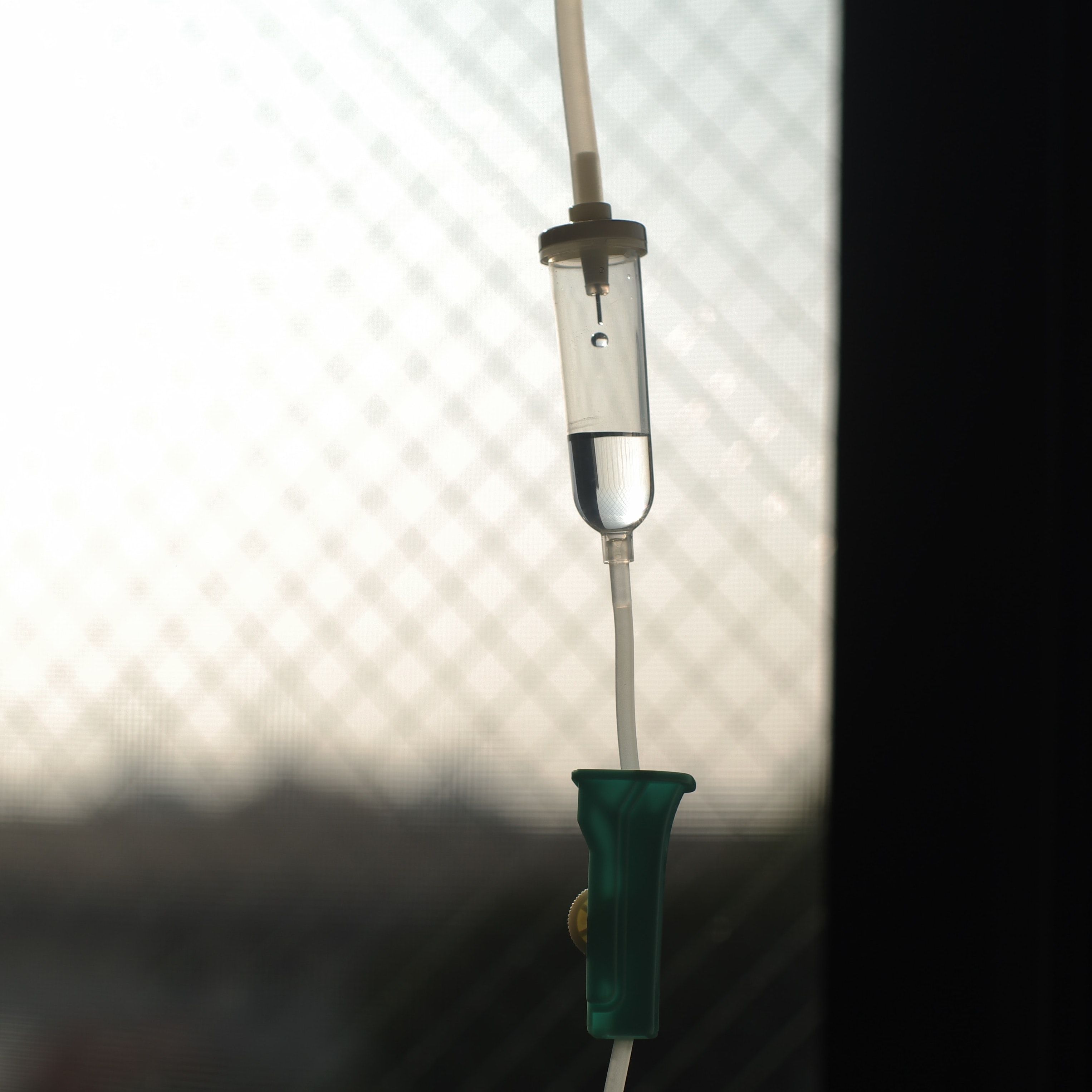IV Acetaminophen Superior to Diclofenac for Vaso-Occlusive Crisis in Sickle Cell Disease
A head-to-head assessment of the intravenous treatment options found greater efficacy for acetaminophen, supporting it more against the adverse effect-associated diclofenac.

Intravenous acetaminophen was 3.6 times more likely than IV diclofenac to reduce the pain of vaso-occlusive crisis (VOC) by 50% in 24 hours in children with sickle cell disease (SCD) in a head-to-head randomized controlled trial (RCT) conducted in India.
Prakash Panda, MD, Department of Pediatrics, V.S.S. Medical College and Hospital, Sambalpur, Odisha, India, and colleagues point out that opioid analgesics remain central for the management of pain with VOC, but are associated with adverse effects including respiratory depression and severe constipation.
In addition, co-investigator Nihar Mishra, MD, told HCPLive, "adverse effects of IV diclofenac like thrombophlebitis is a major concern."
"Moreover, I felt from my past clinical experience that IV diclofenac may be the culprit for development of sickle cell nephropathy, (but) to prove this we need a long cohort follow up," Mishra added.
With both IV acetaminophen (APAP) and IV diclofenac available and being used for pain in VOC in lieu of, or to reduce the requirement for opioids, the investigators sought to compare their effectiveness in the single blind, RCT.
A total 104 children with sickle cell disease, mean age of 8.3 years, admitted to the emergency medicine department for treatment of VOC were randomized 1:1 to receive either IV acetaminophen or diclofenac.The proportions of those with mild, moderate or severe pain were similar in the 2 groups.After several dropped out of the study, or were excluded for requiring add-on therapy, 45 remained on acetaminophen and 46 on diclofenac.
The primary measures of effectiveness were a 50% reduction in pain score within 24 hours, and the amount of reduction in pain after a single dose. Secondary measures included the number of doses that were required after the 24-hour period. IV acetaminophen was administered 10 mg/kg and diclofenac 1 mg/kg up to every 8 hours.
Pain score was assessed at baseline and at 1 and 24 hours.All participants received standard treatment of VOC in the ER, including hydration therapy at 1.5 times maintenance amounts.
The investigators reported that a 50% reduction in pain score was demonstrated in 77.3% (35) of those receiving acetaminophen, compared to 21.7% (10) of the diclofenac group. The greater effectiveness of acetaminophen for pain reduction was expressed as relative risk (RR) 3.6 (95% CI, 2.02-6.33).
The mean reduction in pain score at 1 hour was also greater with acetaminophen, 1.51 (SD 0.5), than with diclofenac, 1.06 (0.5). The mean number of doses required after the initial 24 hours was less for acetaminophen, 6 (SD 4), than with diclofenac, 8 (4). The only side effect that emerged was phlebitis at the site of infusion, in 8 (17.4%) of those receiving diclofenac.
"IV acetaminophen can be used as an effective option for management of skeletal VOCs in sickle cell disease in children as compared to IV diclofenac sodium," the investigators concluded.
"In absence of opioids, I will definitely go for IV APAP rather than IV diclofenac for severe pain, as I have seen more than 5000 cases of sickle cell anemia and these patients tolerating well with IV APAP in absence of opioids," Mishra said.
The study, “Intravenous Acetaminophen vs Intravenous Diclofenac Sodium in Management of Skeletal Vaso-occlusive Crisis Among Children with Homozygous Sickle Cell Disease: A Randomized Controlled Trial,” was published in Indian Pediatrics.